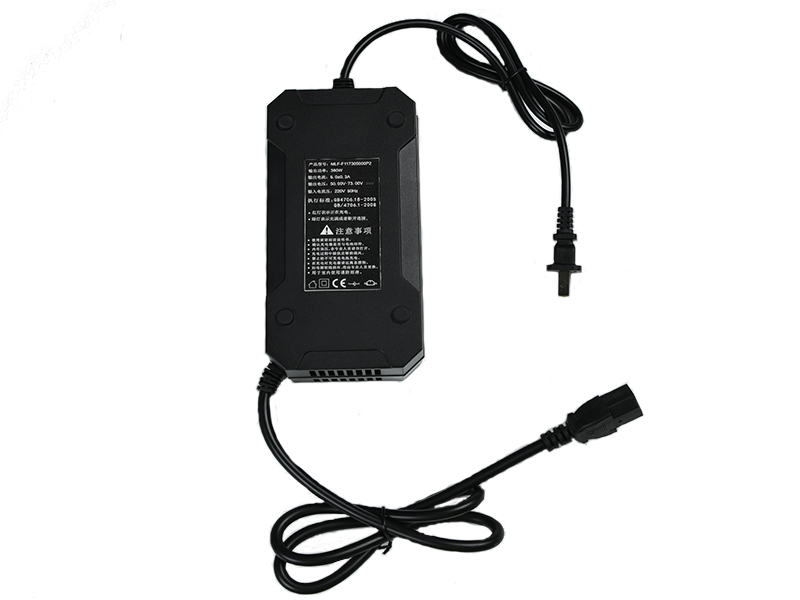
Definition of battery charger battery charger
The battery charger charges according to the charging characteristics of the battery, adopts a two-stage charging method, and the charging mode is "constant current type", that is, before the terminal voltage of the battery is lower than the preset value, the charging is constant current charging; After it is higher than the preset value, the charging current gradually decreases with the increase of the terminal voltage of the battery until it reaches the preset current value and then switches to the floating charge mode. At this time, the charging current gradually decreases, and the battery terminal voltage gradually increases to reach The preset constant voltage value, when the charging current is less than 0.3A, the battery is basically full (the charging indicator light is off), after that, the charging current only offsets the self-discharge of the battery, and long-term charging is also harmless to the battery, that is, the charger can maintain The full state of the battery can ensure the service life of the battery.
For example, the battery charger adopts the latest switching power supply device, which is specially designed for the charging characteristics of lead-acid batteries used for engine starting, and is suitable for long-term supplementary charging (float charging) of lead-acid batteries. The maximum output current of the paired charger is 6A, and the maximum output current of the paired charger is 3A.
Is there a difference between a lithium battery and an ordinary battery charger?
The conventional charging voltage of lithium batteries is 14% to 16% higher than the nominal voltage of the battery, and the charging current is between 20% and 50% of the nominal ampere.
How to use the battery charger
The battery charger is [combined], such as the 5th battery and the 7th battery charger, the size of the battery clip is different.
In addition, the battery charger [can only charge rechargeable batteries], ordinary dry batteries cannot be used.
